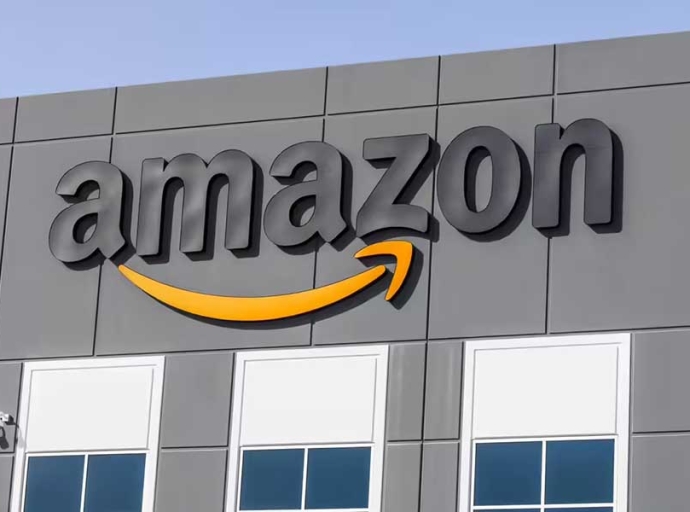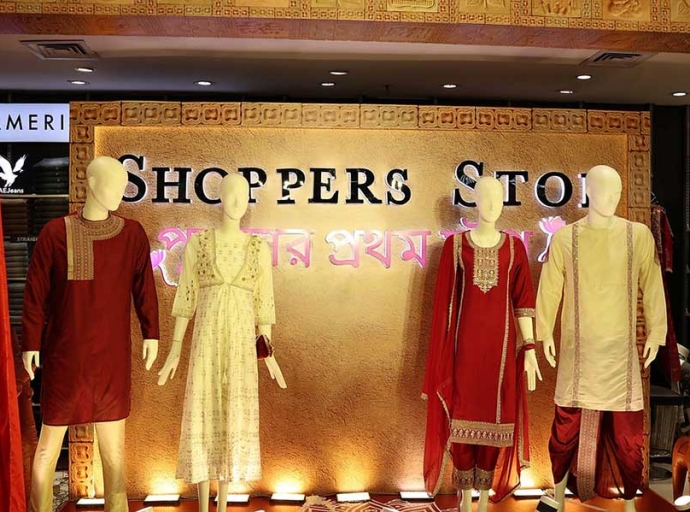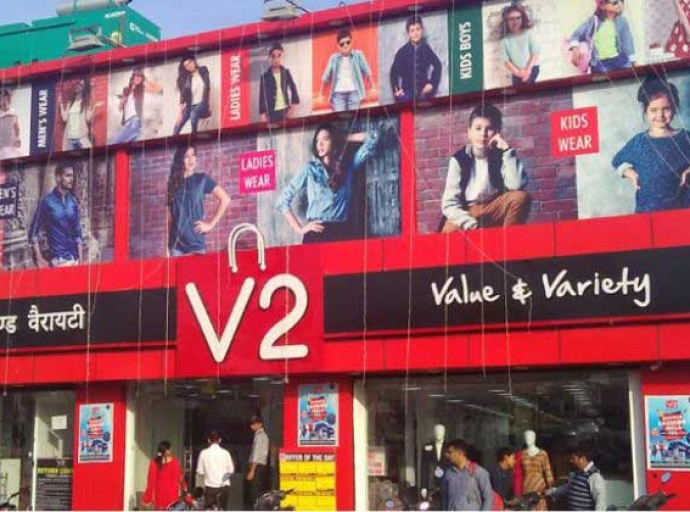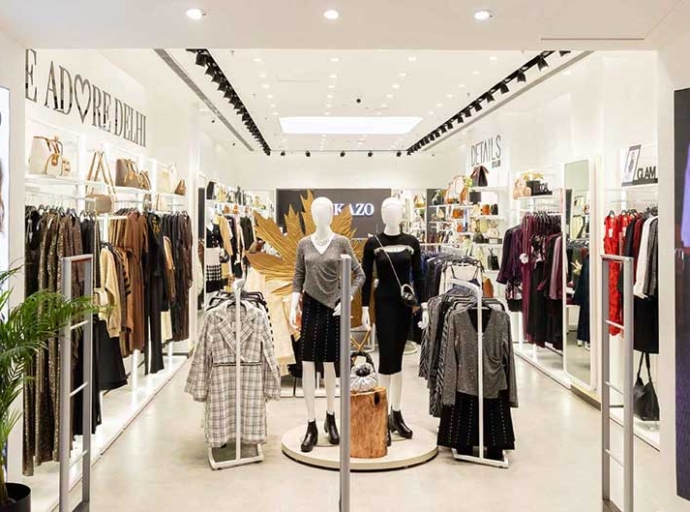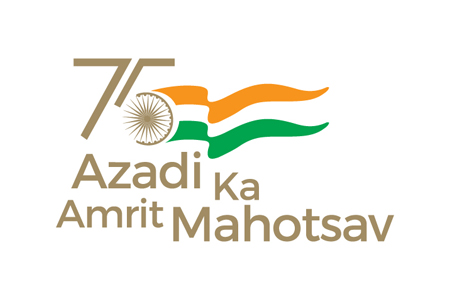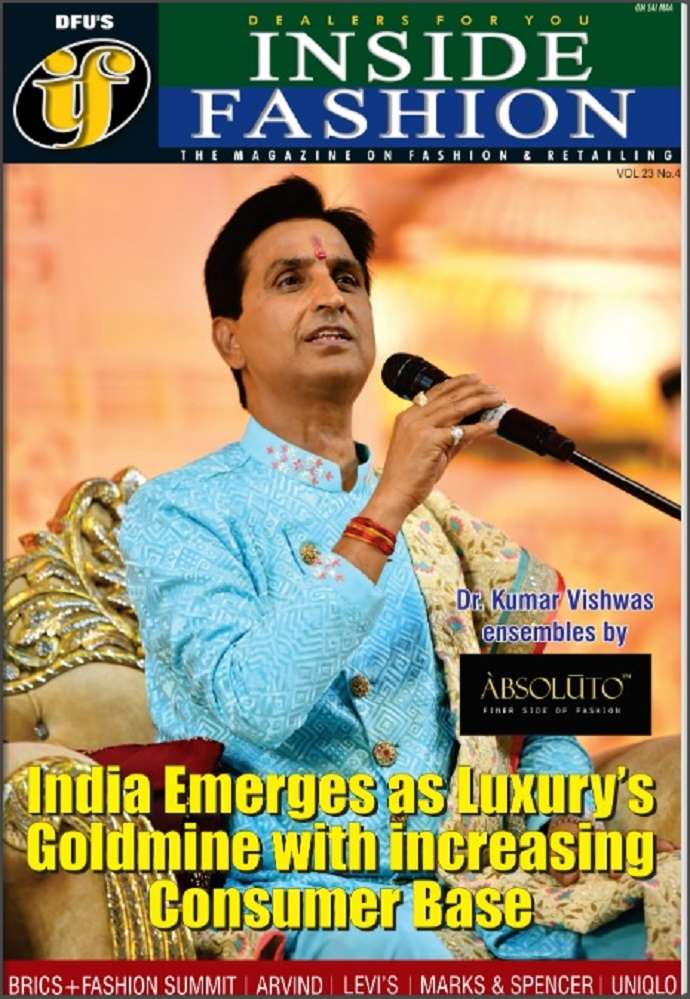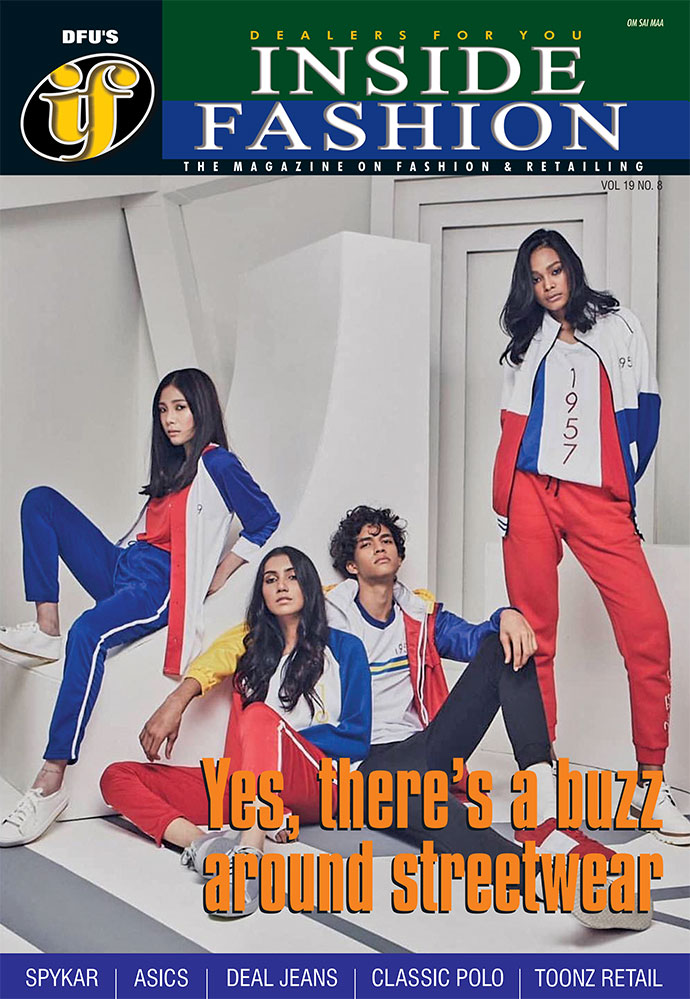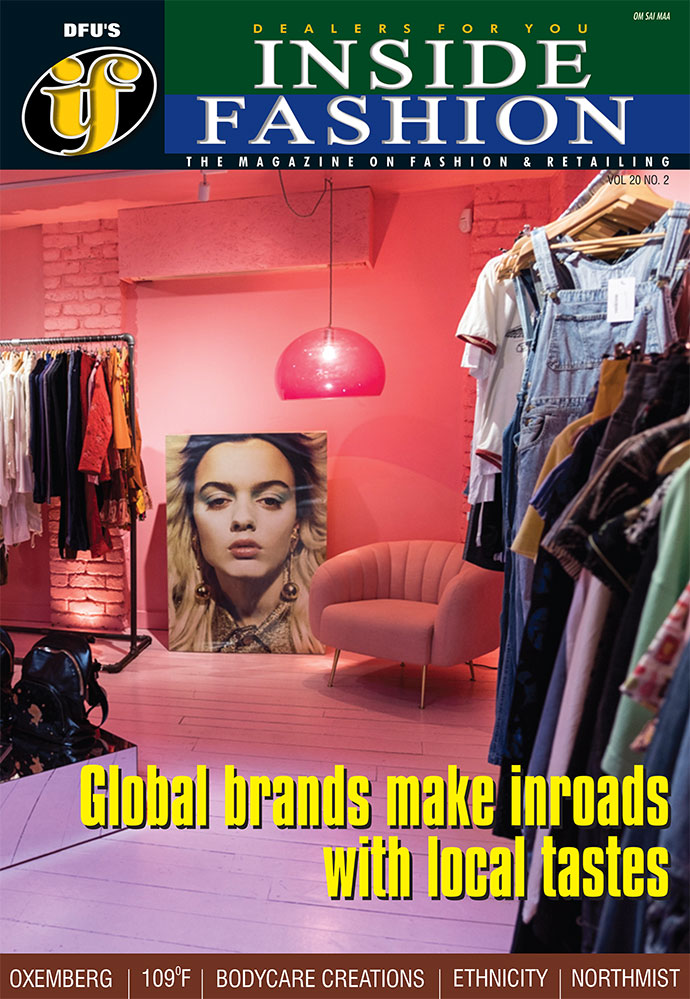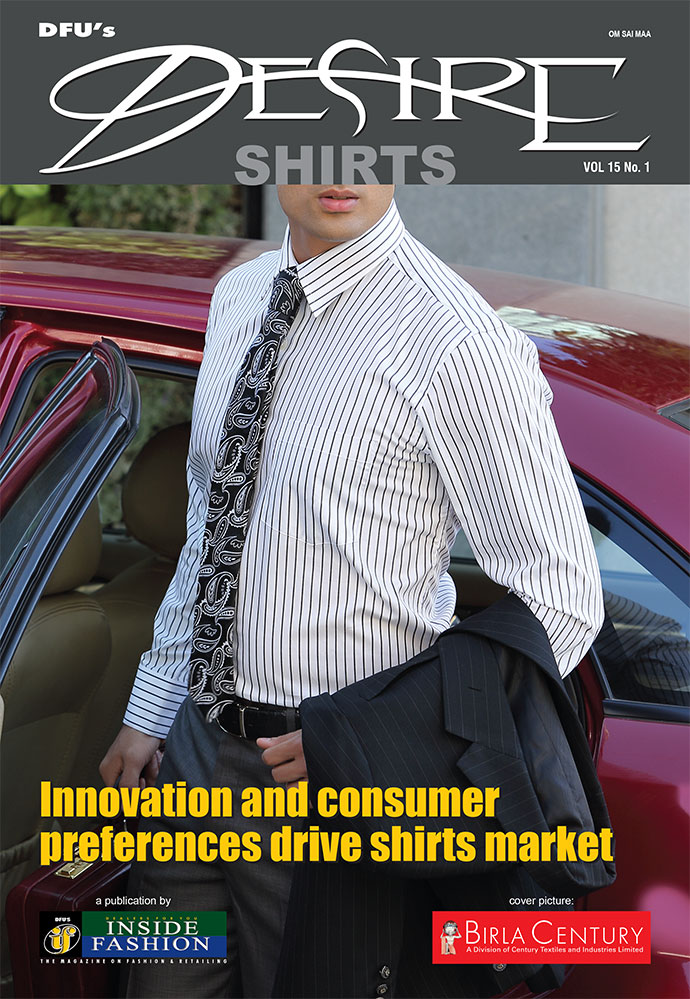The Rise of Rural Fashionista: Are Tier III consumers the new fashion powerhouse?

20 January 2025, Mumbai
Unicommerce's 2024 Trends Report gives a positive growth trend for India's e-commerce landscape, especially in the fashion and apparel sector. The report, based on nearly 900 million transactions, revealed a shifting consumer behavior, booming growth in unexpected regions, and the undeniable power of omnichannel strategies.
The small town fashion revolution
One of the most striking trends was the meteoric rise of Tier-III cities. Forget the metro fashion hubs; it was the smaller towns driving growth of online fashion retail. "We saw an unprecedented rise in orders from Tier-III cities," says Kapil Makhija, CEO of Unicommerce. "This indicates a significant shift in consumer behavior. Access to the internet, increased disposable income, and the desire for trendy fashion are no longer limited to big cities."
Table: City wise growth
|
City Tier |
Order volume growth (YOY) |
|
Tier-I |
15% |
|
Tier-II |
25% |
|
Tier-III |
40% |
The table clearly illustrates the explosive growth in Tier-III markets. A young woman in a previously overlooked town could now access the same trendy clothes as her big-city counterparts, leading to an explosion in demand. For example, Ritu's Boutique a small online store based in a Tier-III town of Rajasthan. Ritu, the owner, started by selling traditional Rajasthani attire online.
But after noticing the Unicommerce findings, she expanded her inventory to include Western wear and casual clothing, particularly focusing on value-segmented womenswear. The result, her sales tripled in just six months. Ritu's story is a testament to the untapped potential of smaller towns and the power of data-driven decision-making.
Decoding the fashion segments
Unicommerce's report also takes a look at the performance of different fashion segments. The data reveals the diverse dynamics within each segment. While value-driven fashion thrived on accessibility and affordability, the luxury segment saw a boost in online adoption by affluent consumers.
Table: Segment wise trends
|
Segment |
Order volume growth (YOY) |
Key trends |
|
Value |
35% |
Driven by Tier-II, III cities, focus on affordability and fast fashion. Strong growth in womenswear and kidswear. |
|
Premium |
20% |
Popularity of branded apparel and online exclusives. Balanced growth across menswear, womenswear, and kidswear. |
|
Luxury |
12% |
Increase in online shoppers for high-end brands, especially in menswear and womenswear. |
The report also highlighted the growing importance of omnichannel strategies. Brands that seamlessly integrated their online and offline presence saw significant growth. "Omnichannel is no longer a luxury; it's a necessity," states the Unicommerce report. "Consumers expect a unified experience, whether they're shopping online or in a physical store."
The data supports this claim. There was as much as 40 per cent increase in the number of stores deploying omnichannel technology. And 50 per cent growth in ship-from-store order volumes.
This trend is particularly relevant for fashion and apparel brands. Imagine a customer browsing for premium menswear online, finding the perfect jacket, but needing to try it on before purchasing. With an omnichannel approach, the brand can check the stock in a nearby store and allow the customer to try it on there, facilitating a purchase that might otherwise be lost.
Dominance of casual and western wear
Within the fashion sector, casual wear and Western wear continued to dominate, accounting for a significant chunk of the orders. This suggests a shift in consumer preferences towards comfortable and globally influenced styles. A look at the table below highlights the need for fashion brands to focus on these popular categories while still catering to niche markets.
Table: Categorywise order volume
|
Fashion category |
Order volume share |
|
Casual Wear |
35% |
|
Western Wear |
28% |
|
Ethnic Wear |
20% |
|
Others |
17% |
While the Unicommerce reveals an optimistic trend, it also acknowledges the challenges. Return rates, especially for cash-on-delivery orders, remain a concern. However, the report also points out that prepaid orders have significantly lower return rates, suggesting a growing trust in online platforms. Looking ahead, the future of fashion e-commerce in India seems bright.
By understanding and adapting to the trends highlighted in the Unicommerce report—including the rise of Tier-III cities, the varying dynamics of fashion segments, and the power of omnichannel strategies—brands can unlock unprecedented growth opportunities and cater to the evolving needs of the modern Indian consumer, whether they're in a bustling metropolis or a quiet town.
Latest Publications



